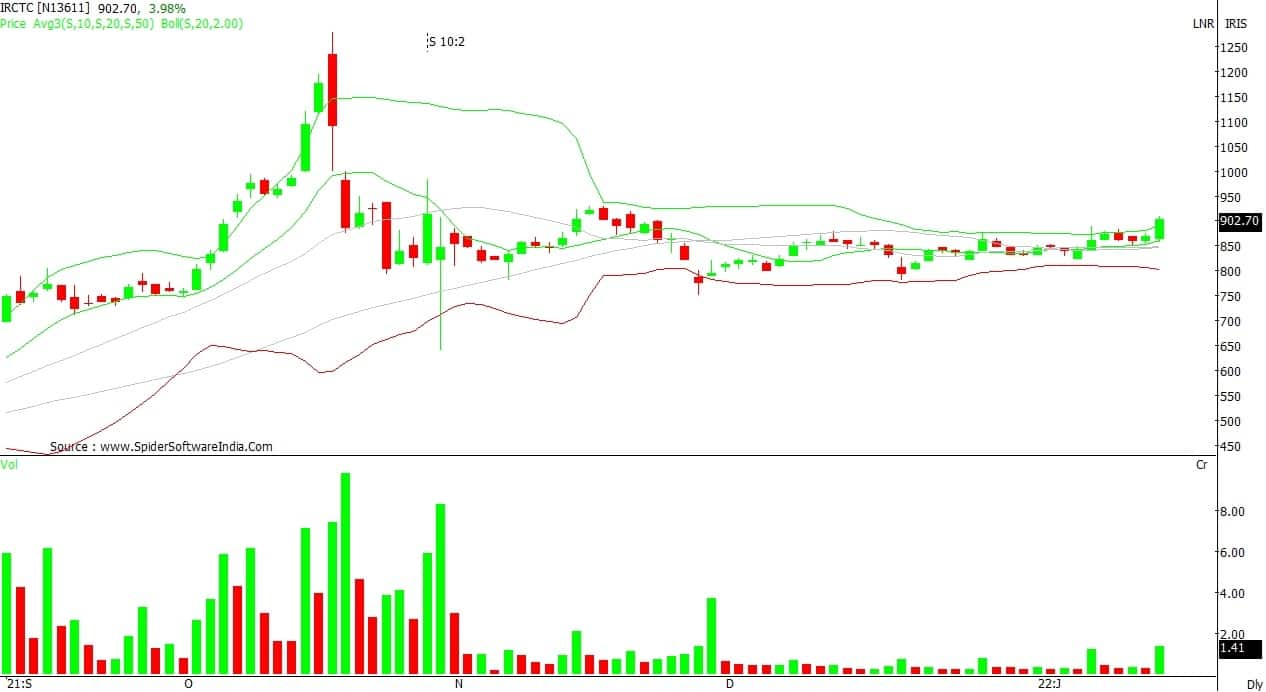
Shubham Agarwal
A move that is in the opposite direction to the ongoing trend is always noticed and often appreciated, especially when the opposite move is an upmove. And it is welcomed for two reasons.
1. It gives an opportunity to re-enter for those who have missed the trend.
2. If it turns out to be the beginning of a reversal, then it presents the sweetest spot to enter (right at the beginning).
Suppose, a stock is experiencing a downmove, which has seen it slip 20-25 percent, without any serious relief en route. Now, after hitting a significant low, the stock reverses and moves up by 4-5 percent in a very short span of time. The move manages to take the stock to a price above the recent intermediate high.
This is when we are posed with the question whether this opposite move should be termed a Respite or a Reversal from the fall that pushed it down to almost 3/4th its value. The answer to this question lies in the answer to one more question. And that is ? What was the strength level of this recent upmove?
This strength can be termed the bias that one would have while trading a price move.
Apparently, futures trading activity gives a solid insight into consensus bias. All we need to do is look at the Open Interest (OI).
What is Open Interest?
Since Futures and Options (F&O) are derivatives, they are created out of stocks or indices and do not have a physical reference point of accountability. A buyer or a seller of an F&O contract creates a position, known as the Open Interest.
When a Futures contract is sold, it is a bearish move. Here, the trader would look to buy it back when the prices comes down. Conversely, a trader can buy a Futures contract, if he is bullish on it, and Sell it when the price rises.
The above explains how the rise in price vis-à-vis the fall in OI provides the trader with an indication of consensus bias.
Consider the following four scenarios.
Price Rise + Futures Open Interest Rise = Bullish Bias (Traders make a Buy Trade)
Price Fall + Futures Open Interest Rise = Bearish Bias (Traders make a Sell Trade)
But
Price Fall + Futures Open Interest Fall = Bulls Neutralising Bias (Buyer books profit)
OR
Price Rise + Futures Open Interest Fall = Bears Neutralising Bias (Seller books profit) a.k.a. Short Covering
From these four scenarios, two outcomes can happen with rise in price. These are: OI can rise or OI can fall.
To see if this is a Respite or a Reversal, the trader would need to make sure that the price rise is accompanied by a rise in OI. This will indicate that the upmove is not a short covering rally.
Here, it is worth noting that just one day’s observation will not be enough to arrive at a confident reading of the situation. A trend has to be ascertained before firmly arriving at the decision.
Data related to OI is easily available over the internet or in any Option Analytics application.
Disclaimer: The views and investment tips expressed by experts on Moneycontrol are their own and not those of the website or its management. Moneycontrol advises users to check with certified experts before taking any investment decisions.

